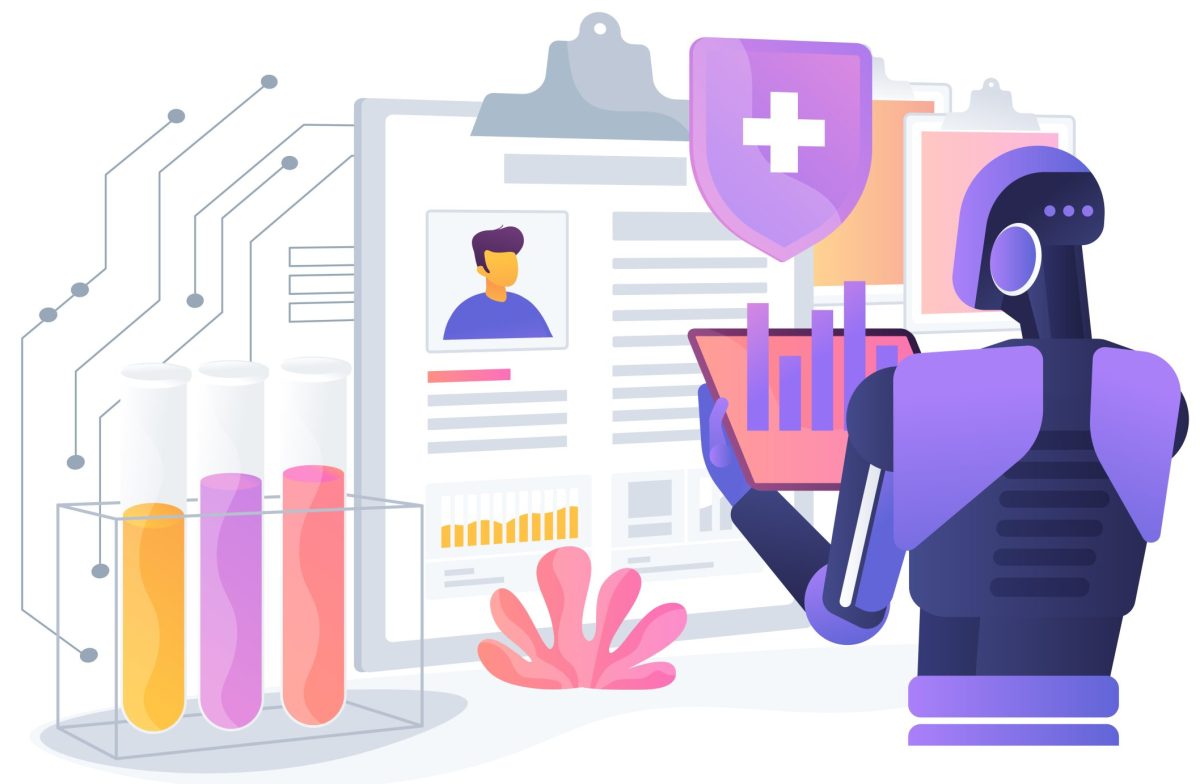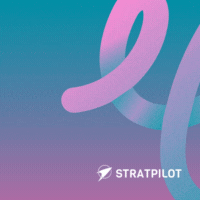As we enter 2026, workplace standards for safety, employee well-being, and regulatory compliance are undergoing significant transformation. Organisations are now expected to not only meet baseline safety requirements but also proactively identify risks, prevent incidents, and ensure that every employee has access to clear safety protocols. However, manual processes, fragmented reporting, and reactive communication systems make this increasingly difficult. This is where AI in Health and Safety is becoming essential. By combining real-time data analysis, intelligent monitoring, risk prediction, and automated documentation, organisations can create safer, more efficient, and compliance-ready work environments. This shift is not about replacing human oversight but enabling safety teams to act faster, stay informed, and base decisions on accurate insights rather than guesswork.
This guide will explore what AI in Health and Safety means, how it is changing workplace safety in 2026, key use cases, challenges faced without AI intervention, and how Stratpilot supports businesses in adopting AI-driven safety practices effectively.
What is AI in Health and Safety?
AI in Health and Safety refers to the use of artificial intelligence systems, including machine learning, predictive analytics, natural language processing, computer vision, and data automation tools, to monitor workplace environments, predict hazards, support compliance procedures, and improve safety communication.
It helps safety managers, HR teams, compliance officers, and operations leads to:
1. Detect risks early through data trends and analytics
2. Standardise training and safety guidelines
3. Monitor safety compliance in real-time
4. Improve incident reporting and root cause identification
5. Ensure workplaces stay aligned with evolving regulatory requirements
Instead of responding to incidents after they occur, organisations can prevent them by using data-driven decision-making.
AI in Health and Safety: The 2026 Full Guide
As workplace environments evolve, so do the expectations around safety. AI plays a central role in shaping how organisations identify dangers, manage compliance, and create a culture of safety awareness.
1. Predictive Hazard Detection
AI uses data from equipment sensors, environmental conditions, employee reports, and historical incidents to predict safety risks before they occur. Whether it is machinery overheating, repetitive strain injuries, or chemical exposure risk, AI alerts teams to intervene early.
2. Computer Vision for Workplace Monitoring
In manufacturing, logistics, warehousing, construction, and healthcare environments, cameras enhanced with computer vision can identify unsafe behaviors, missing protective gear, or restricted area breaches in real time. This supports safety enforcement without invasive monitoring.
3. Smart Training and Knowledge Systems
Training is often one of the most challenging aspects of safety compliance. AI-based training systems adapt content to employee roles, learning pace, and skill level. They can provide scenario-based assessments and measure knowledge retention.
4. Compliance Tracking and Documentation Support
Compliance audits require accurate records and up-to-date documentation. AI can compile reports, auto-update safety protocols when regulations change, and ensure documentation aligns with legal standards.
5. Incident Investigation and Prevention Strategy
When incidents occur, AI systems analyse root causes by comparing similar past events, environmental conditions, and operational patterns. This creates more precise corrective action plans that reduce repeated incidents.
What Happens When Organisations Do Not Use AI-Driven Safety Systems
Organisations relying solely on manual safety processes often face avoidable operational, legal, and cultural challenges:
Reactive Rather Than Proactive Response
Without data-driven monitoring, safety teams often identify risks only after accidents happen.
Inconsistent Policy Adoption Across Departments
Different teams may interpret safety rules differently, leading to compliance gaps and uneven safety practices.
High Risk of Regulatory Non-Compliance
Fast-changing industry and government standards are difficult to track manually; this increases audit failures or legal penalties.
Inefficient Incident Documentation and Reporting
Manual logs can be incomplete, delayed, or inaccurate, making investigations slower and less effective.
Reduced Employee Trust in Safety Programs
Employees lose confidence in safety systems if they see slow responses, unclear communication, or recurring incidents.
How Stratpilot Supports Smarter Health and Safety Management
Stratpilot provides a structured knowledge workspace where safety policies, training content, incident procedures, and role-based responsibilities can be organised clearly and accessed easily. This enables safety leaders to reduce documentation workloads and focus on strategic improvements.
Stratpilot helps organisations:
1. Create structured and clear safety procedures
2. Maintain a central knowledge base that employees can rely on
3. Track updates and ensure guidelines remain current
4. Provide step-by-step workflows for incident handling
5. Improve communication across field and office teams
By combining AI assistance with team collaboration, Stratpilot makes safety management more accountable, consistent, and easier to scale across departments.
Request a demo for Stratpilot today
Experience how your organisation can build safer, compliant, and better-coordinated workflows without the manual effort.
Frequently Asked Questions (FAQs)
Q1. Which industries benefit the most from AI-driven safety solutions
Industries such as construction, manufacturing, logistics, transportation, healthcare, and energy benefit strongly because they operate in high-risk environments where incident prevention is crucial.
Q2. Does AI replace safety teams?
No. AI provides tools for monitoring, prediction, and compliance support. Human judgment and decision-making remain essential in every safety program.
Q3. How does AI support regulatory compliance?
AI detects outdated documentation, highlights missing policy statements, and ensures processes align with industry standards and government regulations.
Q4. Is AI-based safety monitoring intrusive for employees?
AI systems focus on environmental and operational safety conditions, not personal surveillance. Transparency and clear workplace communication ensure ethical implementation.
Q5. Can existing safety procedures be integrated into AI-supported platforms such as Stratpilot?
Yes. Stratpilot allows teams to import, update, standardise, and share existing policies and safety documents to ensure alignment and accessibility.





